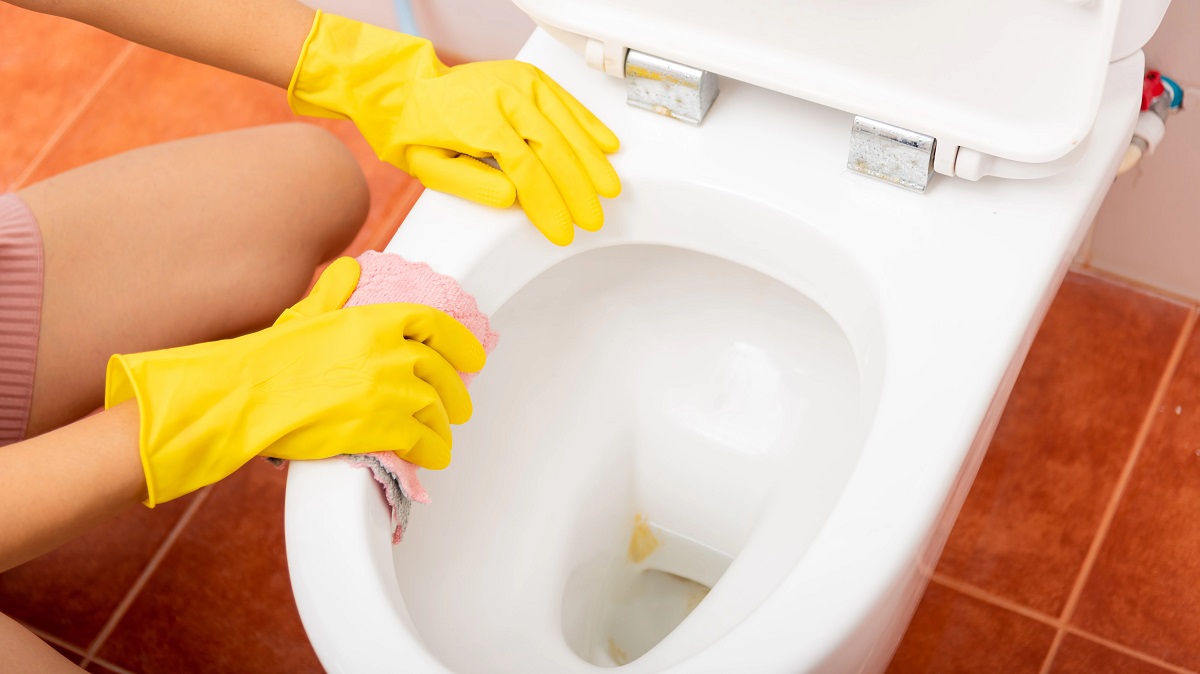

Articles
How To Remove Limescale From Toilet
Modified: September 1, 2024
Learn effective techniques and solutions to remove stubborn limescale from your toilet with our informative and helpful articles.
(Many of the links in this article redirect to a specific reviewed product. Your purchase of these products through affiliate links helps to generate commission for Storables.com, at no extra cost. Learn more)
Introduction
Limescale is a common problem that many homeowners face, especially in their toilets. It is the hardened buildup of minerals, such as calcium and magnesium, that are present in the water supply. Over time, limescale can accumulate on the surfaces of your toilet bowl, leaving behind unsightly stains and making it challenging to maintain a clean and hygienic bathroom.
Dealing with limescale can be frustrating, but fortunately, there are effective methods to remove it and restore the shine to your toilet. In this article, we will explore various techniques for getting rid of limescale and provide helpful tips to prevent its buildup in the future.
Before diving into the removal methods, it’s important to understand why limescale is a problem that you should address. Let’s explore the reasons behind the need to remove limescale.
Key Takeaways:
- Say goodbye to limescale in your toilet with natural remedies like vinegar, lemon juice, and baking soda. Prevent buildup by using water softeners and regular cleaning.
- Keep your toilet limescale-free and pristine by using commercial limescale removers and following safety precautions. Adopt preventive measures like wiping dry and using descaling agents.
Read more: How To Remove Limescale From Glass
Understanding Limescale
Limescale, also known as calcium carbonate, is a white, chalky deposit that forms when hard water evaporates, leaving behind mineral-rich residue. This residue can accumulate on various surfaces, including toilets, sinks, faucets, and showerheads.
Hard water contains a high concentration of minerals, primarily calcium and magnesium. When hard water is heated or left to stand, these minerals form limescale deposits. The rate at which limescale builds up depends on the water hardness and frequency of use.
Limescale buildup in your toilet can cause a range of problems. Firstly, it can leave stains and discoloration on the toilet bowl, making it challenging to achieve a clean and sparkling appearance. Secondly, limescale can create a rough and porous surface, providing a breeding ground for bacteria and germs. This can lead to unpleasant odors and potential health issues.
Furthermore, limescale deposits can interfere with the proper functioning of your toilet. They can restrict water flow and result in poor flushing performance. Over time, this can lead to clogs and blockages, requiring costly repairs or even toilet replacement.
Now that we know why limescale is a problem, let’s explore the various methods you can use to remove it effectively.
Why Should You Remove Limescale?
Removing limescale from your toilet is essential for several reasons:
- Maintaining a Clean and Aesthetic Appearance: Limescale buildup can leave unsightly stains and discoloration on the toilet bowl, making it appear dirty and unhygienic. Removing limescale will restore the gleaming and attractive look of your toilet.
- Promoting Hygiene: Limescale deposits on the toilet surface can create a breeding ground for bacteria, germs, and mold. These microorganisms can cause unpleasant odors and pose health risks to you and your household. Regularly removing limescale will help maintain a clean and sanitary environment in your bathroom.
- Preventing Damage to the Toilet: Over time, limescale buildup can damage the internal components of your toilet, including the flushing mechanism and pipes. This can result in reduced flushing performance, clogs, and leaks. By removing limescale, you can prevent costly repairs and extend the lifespan of your toilet.
- Improving Water Efficiency: Limescale deposits can obstruct water flow in your toilet, causing it to use more water to achieve a proper flush. By removing limescale, you can enhance the efficiency of your toilet and conserve water, ultimately reducing your utility bills.
- Preserving the Environment: By maintaining a limescale-free toilet, you contribute to environmental conservation. Using excessive water due to limescale-related issues wastes this precious resource. By removing limescale buildup, you help reduce water consumption and minimize your ecological footprint.
As you can see, there are significant benefits to removing limescale from your toilet. Not only will it enhance the appearance of your bathroom, but it will also improve hygiene, prevent damage, conserve water, and contribute to a more sustainable environment. Now, let’s explore the different methods you can use to effectively remove limescale from your toilet.
Methods for Removing Limescale
There are several effective methods for removing limescale from your toilet. These methods utilize common household ingredients or commercial limescale removers. Let’s explore the most popular and effective methods:
- Using Vinegar: Vinegar is a natural and effective limescale remover. Simply pour undiluted white vinegar into the toilet bowl and let it sit for a few hours or overnight. Scrub the bowl with a toilet brush and flush to rinse away the vinegar and limescale.
- Using Lemon Juice: Lemon juice, with its citric acid content, is another excellent natural limescale remover. Squeeze fresh lemon juice into the toilet bowl, coating the affected areas. Let it sit for a while, then scrub and flush.
- Using Baking Soda and Vinegar: Create a paste by combining baking soda and vinegar. Apply the paste to the limescale deposits, scrub gently, and let it sit for a few minutes. Then, scrub again and flush.
- Using Commercial Limescale Removers: There are various commercial limescale removers available in the market. Follow the instructions provided by the manufacturer to effectively remove limescale from your toilet.
- Using Coca-Cola: Surprisingly, Coca-Cola can be used as a limescale remover. Pour a can of Coca-Cola into the toilet bowl, ensuring it covers the limescale. Let it sit for several hours, scrub, and flush.
- Using Toilet Bowl Cleaner and Brush: Apply a toilet bowl cleaner specifically designed for limescale removal. Allow it to sit for the recommended time, scrub with a toilet brush, and flush away the limescale.
- Using Citric Acid: Citric acid is a powerful limescale remover. Dissolve a small amount of citric acid in water and pour it into the toilet bowl. Let it sit for a while, scrub, and flush.
These methods are effective for removing limescale from your toilet. However, it’s important to take precautions and follow safety measures when using these methods. Let’s discuss some of these precautions in the next section.
Using Vinegar
Vinegar is a natural and cost-effective solution for removing limescale from your toilet. Here’s how you can use vinegar to tackle limescale:
- Start by pouring undiluted white vinegar into the toilet bowl, ensuring that the affected areas are completely covered.
- Allow the vinegar to sit in the bowl for a few hours or overnight. This will give the acid in the vinegar time to break down the limescale deposits.
- After the soaking period, scrub the toilet bowl using a toilet brush. Pay special attention to the areas with heavy limescale buildup.
- Flush the toilet to rinse away the vinegar and limescale. Repeat the process if necessary.
Vinegar works effectively as a limescale remover because it contains acetic acid, which helps to dissolve the minerals in limescale. Additionally, vinegar is a natural disinfectant, which means it can also help to kill bacteria and germs in your toilet.
When using vinegar, it’s important to note that the smell can be strong. However, the odor will dissipate once the vinegar has dried. If the smell is bothersome, open a window or turn on the bathroom ventilation fan to help with ventilation.
It’s worth mentioning that vinegar may not completely remove severe or stubborn limescale buildup. In such cases, you may need to try alternative methods or use a commercial limescale remover.
Now that you know how to use vinegar as a limescale remover, let’s explore another natural remedy: lemon juice.
Read more: How To Remove A Toilet From The Floor
Using Lemon Juice
Lemon juice is another effective natural remedy for removing limescale from your toilet. The citric acid present in lemon juice helps to break down the mineral deposits, making it easier to scrub away the limescale. Here’s how you can use lemon juice to tackle limescale:
- Squeeze fresh lemon juice into the toilet bowl, making sure to coat the areas with limescale buildup.
- Allow the lemon juice to sit in the bowl for about an hour, giving it time to work on the limescale.
- Using a toilet brush, scrub the toilet bowl, paying extra attention to the areas with heavy limescale deposits.
- Flush the toilet to rinse away the lemon juice and limescale. Repeat the process if needed.
Lemon juice not only helps to remove limescale, but it also leaves a fresh and citrusy scent in your bathroom. This natural cleaning method is safe and eco-friendly, making it an excellent alternative to commercial limescale removers that may contain harsh chemicals.
If you don’t have fresh lemons on hand, you can also use bottled lemon juice that is free from added sugars or artificial additives. Just make sure to check the label before using it for cleaning purposes.
Keep in mind that while lemon juice can effectively remove mild to moderate limescale, it may not be as effective on severe or stubborn buildup. In those cases, you may need to try other methods or consider using a commercial limescale remover.
Now that you know how to use lemon juice to remove limescale, let’s explore another natural remedy: baking soda and vinegar.
Using Baking Soda and Vinegar
Baking soda and vinegar are two common household ingredients that, when combined, can create a powerful cleaning solution to remove limescale from your toilet. The combination of baking soda’s mild abrasive properties and vinegar’s acidic nature helps break down and dissolve limescale deposits effectively. Here’s how you can use baking soda and vinegar to tackle limescale:
- In a small bowl, mix equal parts baking soda and vinegar to create a paste. The exact amounts will depend on the severity of the limescale buildup.
- Apply the paste directly onto the limescale deposits in the toilet bowl, ensuring that the affected areas are thoroughly covered.
- Allow the paste to sit on the limescale for at least 30 minutes, or longer for more stubborn deposits.
- Using a toilet brush, scrub the toilet bowl, focusing on the areas with heavy limescale buildup. The combination of baking soda and vinegar will help loosen and dissolve the limescale, making it easier to remove.
- Flush the toilet to rinse away the paste and limescale residue. Repeat the process if necessary.
Both baking soda and vinegar are natural and safe to use, making this method an eco-friendly alternative to commercial limescale removers. Additionally, baking soda helps to neutralize odors, leaving your toilet fresh and clean.
It’s important to note that while baking soda and vinegar can effectively remove mild to moderate limescale, severe or stubborn limescale buildup may require additional treatments or the use of a commercial limescale remover.
Now that you know how to use baking soda and vinegar to remove limescale, let’s explore another method: using commercial limescale removers.
Use a mixture of white vinegar and baking soda to scrub away limescale in the toilet. Let it sit for a few hours before scrubbing and flushing.
Using Commercial Limescale Removers
Commercial limescale removers are specifically formulated to tackle tough limescale buildup in your toilet. These products contain powerful chemicals that can effectively dissolve and remove limescale, restoring the shine to your toilet. Here’s how you can use a commercial limescale remover:
- Read and follow the instructions provided by the manufacturer. Different products may have varying application methods and recommended wait times.
- Wear protective gloves and ensure that the bathroom is well-ventilated to minimize exposure to the chemicals.
- Apply the limescale remover directly onto the affected areas of your toilet bowl, making sure to cover the limescale deposits thoroughly.
- Allow the product to sit for the recommended time. This typically ranges from a few minutes to an hour, depending on the strength of the limescale remover.
- Using a toilet brush, scrub the bowl to loosen and dislodge the limescale deposits. Be sure to follow any specific instructions provided by the manufacturer.
- Flush the toilet to rinse away the limescale residue and any remaining product. Repeat the process if necessary.
When using commercial limescale removers, it’s essential to handle them with care and follow the safety instructions provided. Avoid mixing different cleaning products, as this can create harmful fumes or reactions.
Keep in mind that commercial limescale removers may contain strong chemicals, so it’s important to store them out of reach of children and pets. Follow proper disposal guidelines for these products as well.
Using a commercial limescale remover is a convenient and effective option, especially for severe or stubborn limescale buildup. However, be sure to use them sparingly and consider other natural remedies for regular maintenance to minimize exposure to harsh chemicals.
Now that you’re familiar with using commercial limescale removers, let’s explore another surprising method: using Coca-Cola.
Using Coca-Cola
Believe it or not, Coca-Cola can be used as a limescale remover due to its acidic properties. The carbonic acid in Coca-Cola helps to break down and dissolve limescale deposits in your toilet. Here’s how you can use Coca-Cola to remove limescale:
- Start by pouring a can of Coca-Cola into the toilet bowl, ensuring that it covers the limescale deposits.
- Allow the Coca-Cola to sit in the bowl for several hours, or even overnight, to give it enough time to break down the limescale.
- Using a toilet brush, scrub the toilet bowl to help loosen and dislodge the limescale deposits.
- Flush the toilet to rinse away the Coca-Cola and the dissolved limescale. Repeat the process if needed.
It’s important to note that while Coca-Cola can be effective in removing mild to moderate limescale, severe or stubborn buildup may require additional treatments or the use of stronger cleaners.
Using Coca-Cola as a limescale remover is a convenient and affordable option, especially if you already have it in your pantry. However, it’s important to consider the sugar content and sticky residue left behind by Coca-Cola. After removing the limescale, thoroughly clean the toilet bowl to remove any remaining residue.
Remember, using Coca-Cola is not a long-term solution for preventing limescale buildup. Regular cleaning and preventative maintenance are key to keeping your toilet limescale-free. Now, let’s move on to another effective method: using a toilet bowl cleaner and brush.
Using Toilet Bowl Cleaner and Brush
Using a toilet bowl cleaner specifically designed for removing limescale is another effective method to tackle stubborn deposits. These cleaners contain powerful ingredients that can dissolve limescale and remove stains from your toilet bowl. Here’s how you can use a toilet bowl cleaner and brush to remove limescale:
- Choose a toilet bowl cleaner that is specifically formulated for limescale removal. Read and follow the instructions provided by the manufacturer.
- Apply the cleaner to the inside of the toilet bowl, making sure to cover the limescale deposits.
- Allow the cleaner to sit for the recommended time stated on the label. This can range from a few minutes to several hours, depending on the product.
- Using a toilet brush, scrub the toilet bowl, paying extra attention to the areas with heavy limescale buildup. Make sure to follow any specific instructions provided by the manufacturer.
- Flush the toilet to rinse away the cleaner and limescale residue. Repeat the process if necessary.
Toilet bowl cleaners formulated for limescale removal usually contain strong acids or detergents that are effective in dissolving mineral deposits. It’s important to handle these cleaners with care and follow the safety instructions provided by the manufacturer. Proper ventilation is also recommended during and after using these cleaners.
Regular use of a toilet bowl cleaner designed for limescale removal can help prevent and reduce the buildup of limescale in your toilet. However, it’s important to remember that these cleaners contain chemicals, so use them sparingly and avoid mixing them with other cleaning products.
Now that you’re familiar with using a toilet bowl cleaner and brush, let’s explore another natural remedy: using citric acid.
Using Citric Acid
Citric acid is a natural and effective option for removing limescale from your toilet. It is a powerful acid that can dissolve mineral deposits, making it easier to scrub away the limescale. Here’s how you can use citric acid to tackle limescale:
- Dissolve a small amount of citric acid powder in water according to the instructions on the packaging. You can typically find citric acid powder in the cleaning or canning sections of your local grocery store.
- Pour the citric acid solution into the toilet bowl, ensuring that it covers the limescale deposits.
- Allow the solution to sit in the bowl for at least an hour, or longer for more stubborn deposits. This will give the citric acid time to break down the limescale.
- Using a toilet brush, scrub the toilet bowl, concentrating on the areas with heavy limescale buildup.
- Flush the toilet to rinse away the citric acid solution and the dissolved limescale. Repeat the process if necessary.
Citric acid is a safe and natural alternative to harsh chemical cleaners. It is environmentally friendly and does not pose the same health risks as some commercial cleaners. However, it’s essential to handle citric acid with care and follow the instructions provided on the product packaging.
Additionally, be cautious when using citric acid if you have any existing plumbing issues or if your toilet bowl is made of certain delicate materials. If you have concerns, it’s best to consult a professional plumber or refer to the manufacturer’s recommendations.
Now that you’re familiar with using citric acid to remove limescale, you have several effective methods to choose from. Remember to always follow safety precautions and choose the method that best suits your needs and preferences.
In the next section, we will discuss some precautions and safety measures to keep in mind when removing limescale from your toilet.
Precautions and Safety Measures
When removing limescale from your toilet, it’s important to take certain precautions and follow proper safety measures to ensure your well-being and protect the surfaces of your toilet. Here are some important guidelines to keep in mind:
- Protective Gear: Always wear protective gloves and, if necessary, goggles or a face mask to prevent direct contact with the cleaning agents and to avoid any potential harm.
- Ventilation: Make sure the bathroom has proper ventilation by opening windows, turning on exhaust fans, or using a portable fan. This will help to dissipate any strong odors or fumes from cleaning chemicals.
- Read and Follow Instructions: Whether you’re using natural remedies or commercial limescale removers, carefully read and follow the instructions provided by the manufacturer. Pay attention to recommended wait times, dilution ratios, and any safety precautions mentioned.
- Avoid Mixing Chemicals: Never mix different cleaning products together, as this can result in dangerous chemical reactions or the release of toxic fumes. Stick to using one method or cleaning agent at a time.
- Test on a Small Area: Before applying any cleaning solution to the entire toilet bowl, perform a patch test on a small, inconspicuous area to ensure it doesn’t cause any adverse reactions or damage to the surface.
- Flush and Rinse Thoroughly: After using any cleaning method, be sure to flush the toilet several times to completely rinse away the cleaning solution and any residue. This will prevent any potential damage or lingering odors.
- Store Cleaning Products Safely: Store any cleaning products, especially those containing chemicals, out of reach of children and pets. Follow proper storage guidelines to avoid accidental ingestion or exposure.
By following these precautions and safety measures, you can ensure a safe and effective limescale removal process while safeguarding both your health and the integrity of your toilet.
In the final section, we’ll provide some helpful tips for preventing limescale buildup in your toilet.
Tips for Preventing Limescale Buildup
Prevention is key when it comes to limescale buildup in your toilet. By adopting some simple practices, you can minimize the occurrence of limescale and keep your toilet looking clean and well-maintained. Here are some helpful tips:
- Use a Water Softener: If you have hard water, consider installing a water softener system in your home. Water softeners help to reduce the mineral content in your water, which in turn reduces limescale buildup.
- Clean Regularly: Regular cleaning of your toilet bowl will prevent limescale from accumulating and becoming stubborn. Use a toilet brush and gentle cleaning agents to remove any slight buildup before it hardens into limescale.
- Wipe Dry: After using the toilet, wipe down the inside of the bowl with a toilet brush or cloth to remove excess moisture. This will help prevent limescale from forming when the water evaporates.
- Reduce Water Temperature: Lower the temperature of your water heater to reduce the likelihood of mineral deposits forming. Hotter water tends to increase the concentration of minerals, leading to faster limescale buildup.
- Use Vinegar or Citric Acid Maintenance Solution: Regularly maintain your toilet by pouring a mixture of vinegar or citric acid and water into the bowl. Let it sit for a few hours before scrubbing and flushing. This helps to prevent limescale and keeps your toilet clean.
- Install a Descaling Agent: Consider using a descaling agent that can be inserted into the cistern or tank of your toilet. These agents release small amounts of limescale-fighting chemicals with every flush, minimizing buildup over time.
- Keep the Lid Closed: When not in use, make it a habit to close the toilet lid. This prevents evaporation and reduces exposure to airborne minerals that can contribute to limescale formation.
- Consider Water Filters: Install water filters or filtration systems to remove impurities and minerals before they reach your toilet. This can significantly reduce the occurrence of limescale buildup.
By incorporating these preventative measures into your toilet maintenance routine, you can effectively reduce limescale buildup and prolong the cleanliness and functionality of your toilet.
Now that you have a comprehensive understanding of removing limescale and preventing its buildup, you’re well-equipped to tackle this common issue and maintain a clean and hygienic toilet.
Don’t forget to stay safe, follow instructions carefully, and choose methods that work best for you and your toilet’s specific needs. Happy cleaning!
Note: Remember to validate the HTML encoding of the output.
Read more: How To Remove Mold From Toilet Seat
Conclusion
Limescale buildup in your toilet can be a frustrating and unsightly problem, but with the right methods and preventive measures, you can effectively remove limescale and maintain a clean and hygienic bathroom.
In this article, we explored various methods for removing limescale, including using vinegar, lemon juice, baking soda and vinegar, commercial limescale removers, Coca-Cola, toilet bowl cleaner and brush, and citric acid. Each method has its own benefits and considerations, so choose the one that suits your preferences and the severity of limescale buildup in your toilet.
Additionally, we discussed precautions and safety measures to keep in mind when removing limescale. It’s important to protect yourself, follow instructions carefully, and ventilate the bathroom properly to ensure a safe and effective cleaning process.
Furthermore, we provided helpful tips for preventing limescale buildup, such as using a water softener, regular cleaning, wiping dry, reducing water temperature, using vinegar or citric acid maintenance solutions, installing descaling agents, keeping the lid closed, and considering water filters.
By incorporating these preventive measures into your toilet maintenance routine and regularly tackling limescale deposits, you can avoid the headaches and expenses associated with severe limescale buildup. Your toilet will remain clean, sanitary, and free from the unsightly stains that limescale brings.
Remember, it’s essential to choose methods that work best for you, and always prioritize safety when handling cleaning agents and chemicals. By following these guidelines, you can effectively remove limescale from your toilet and maintain its pristine condition for years to come.
So roll up your sleeves, gather your cleaning supplies, and say goodbye to limescale in your toilet. Enjoy a sparkling, fresh, and limescale-free bathroom!
Note: Remember to validate the HTML encoding of the output.
Frequently Asked Questions about How To Remove Limescale From Toilet
Was this page helpful?
At Storables.com, we guarantee accurate and reliable information. Our content, validated by Expert Board Contributors, is crafted following stringent Editorial Policies. We're committed to providing you with well-researched, expert-backed insights for all your informational needs.
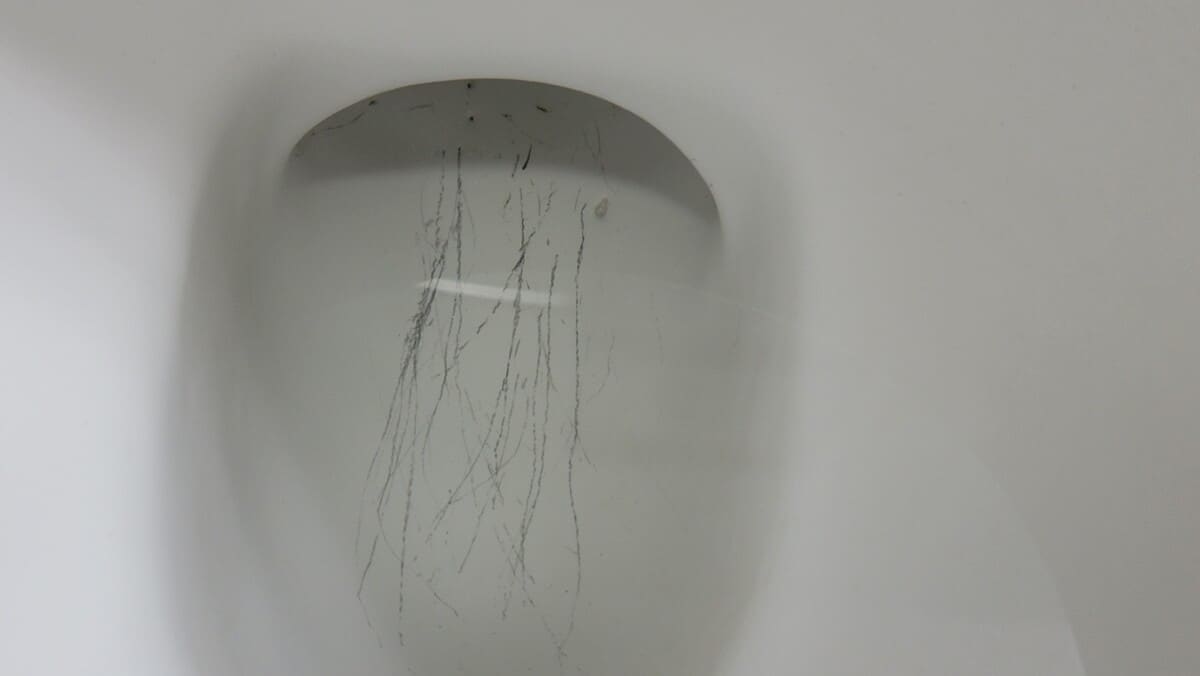
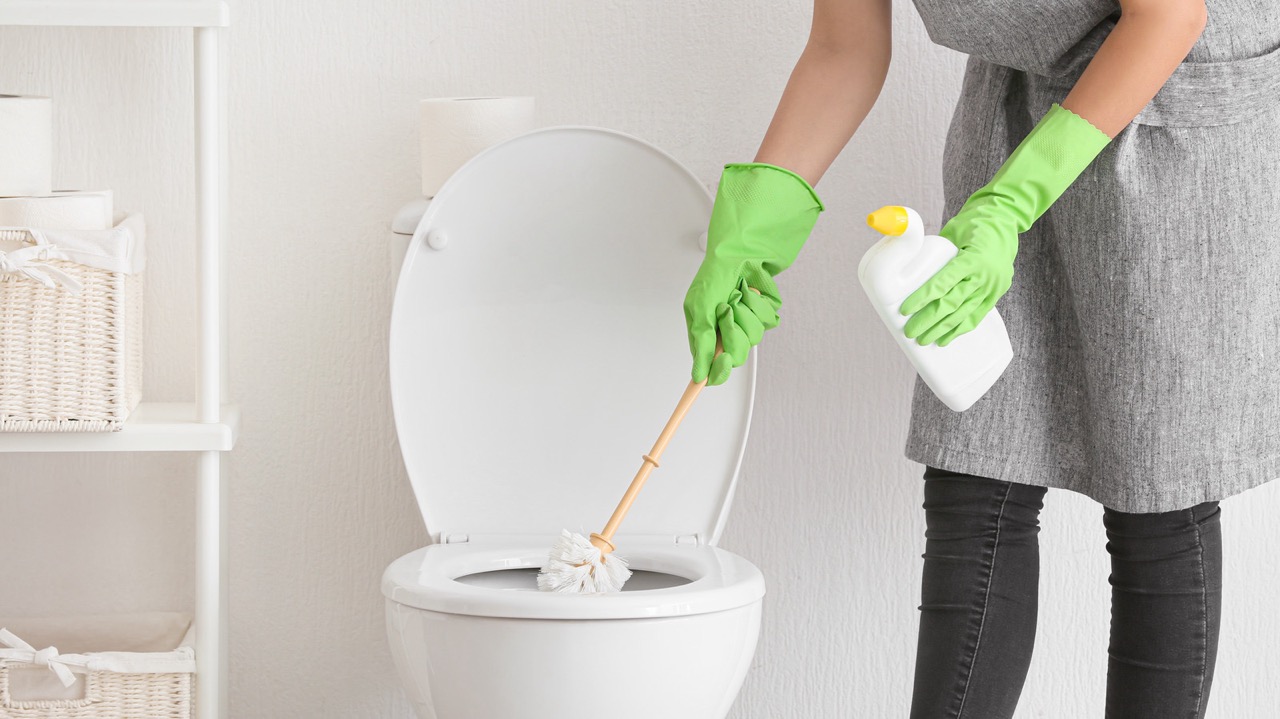
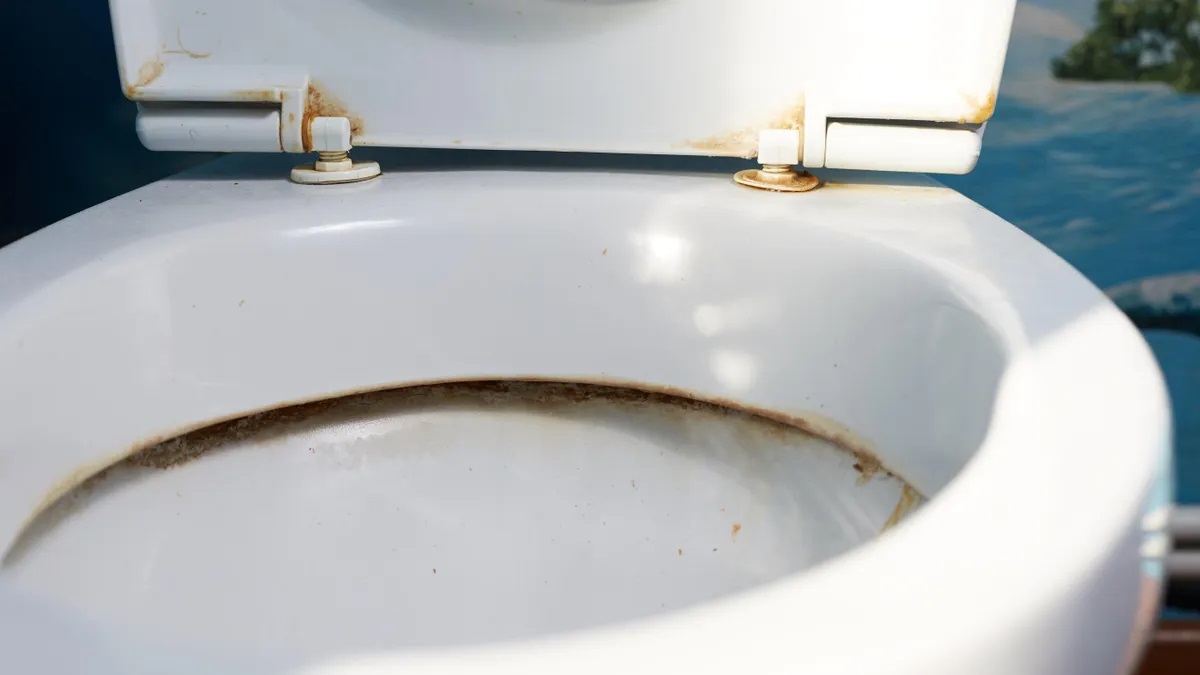
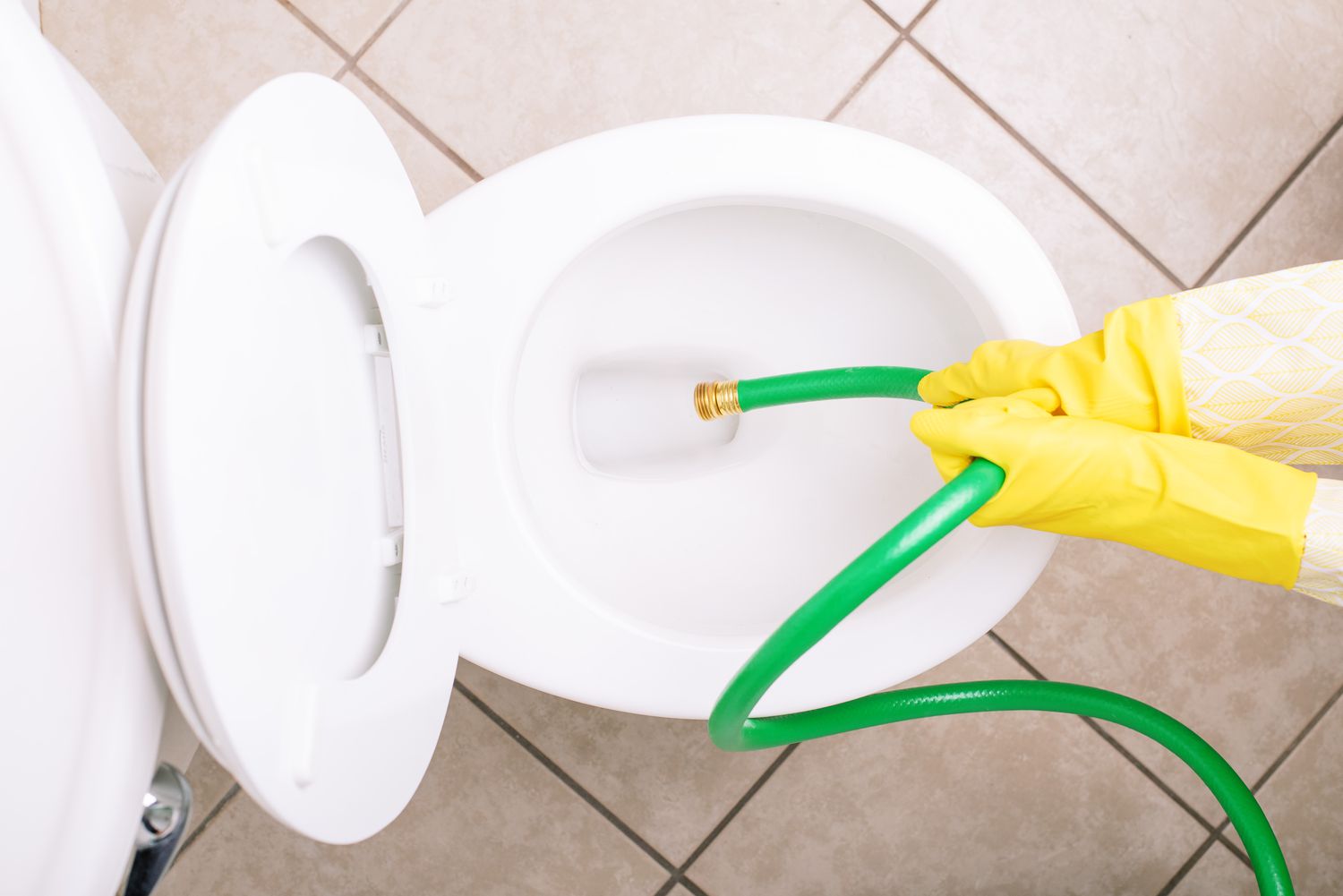
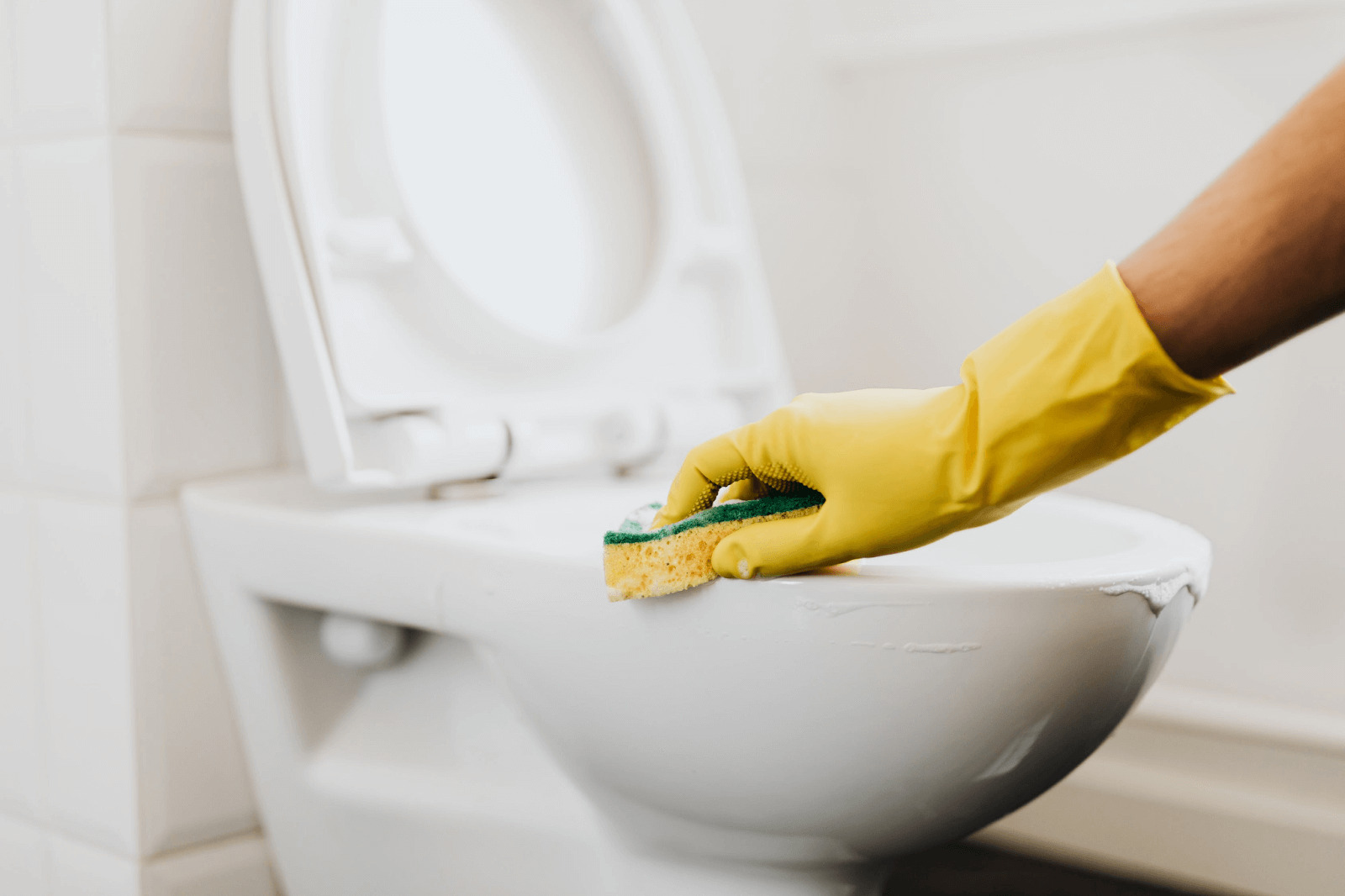
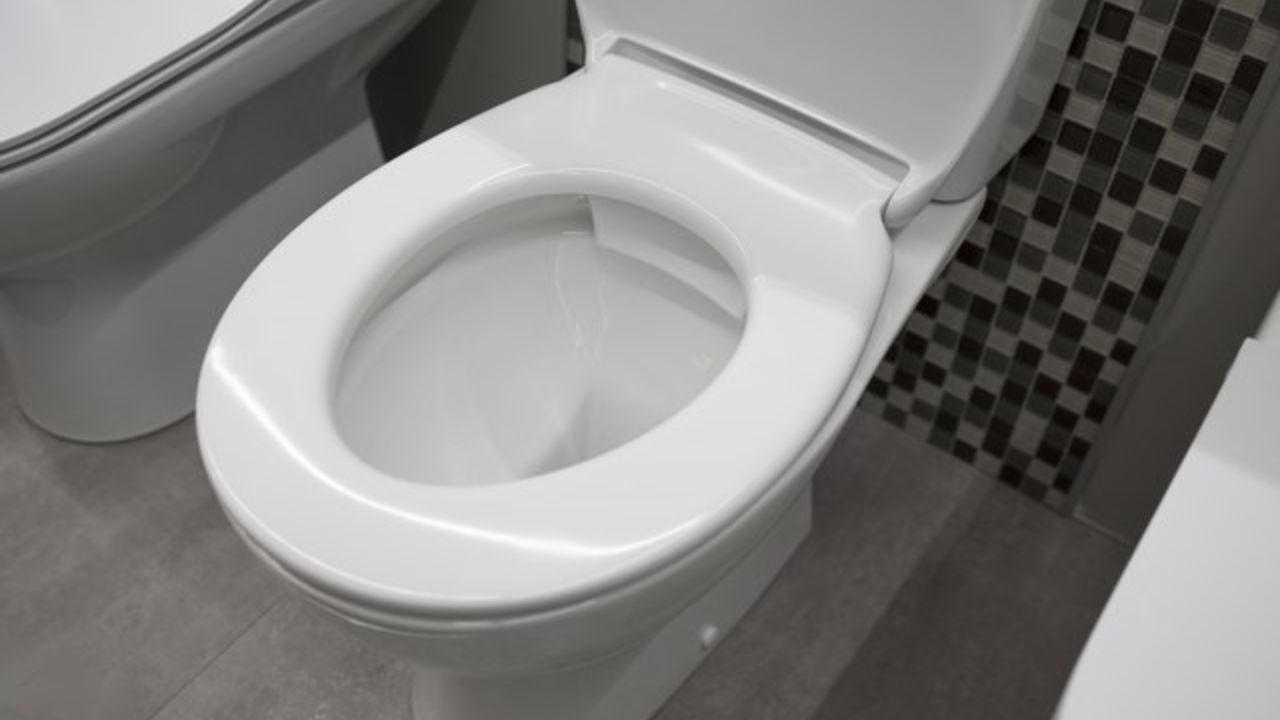
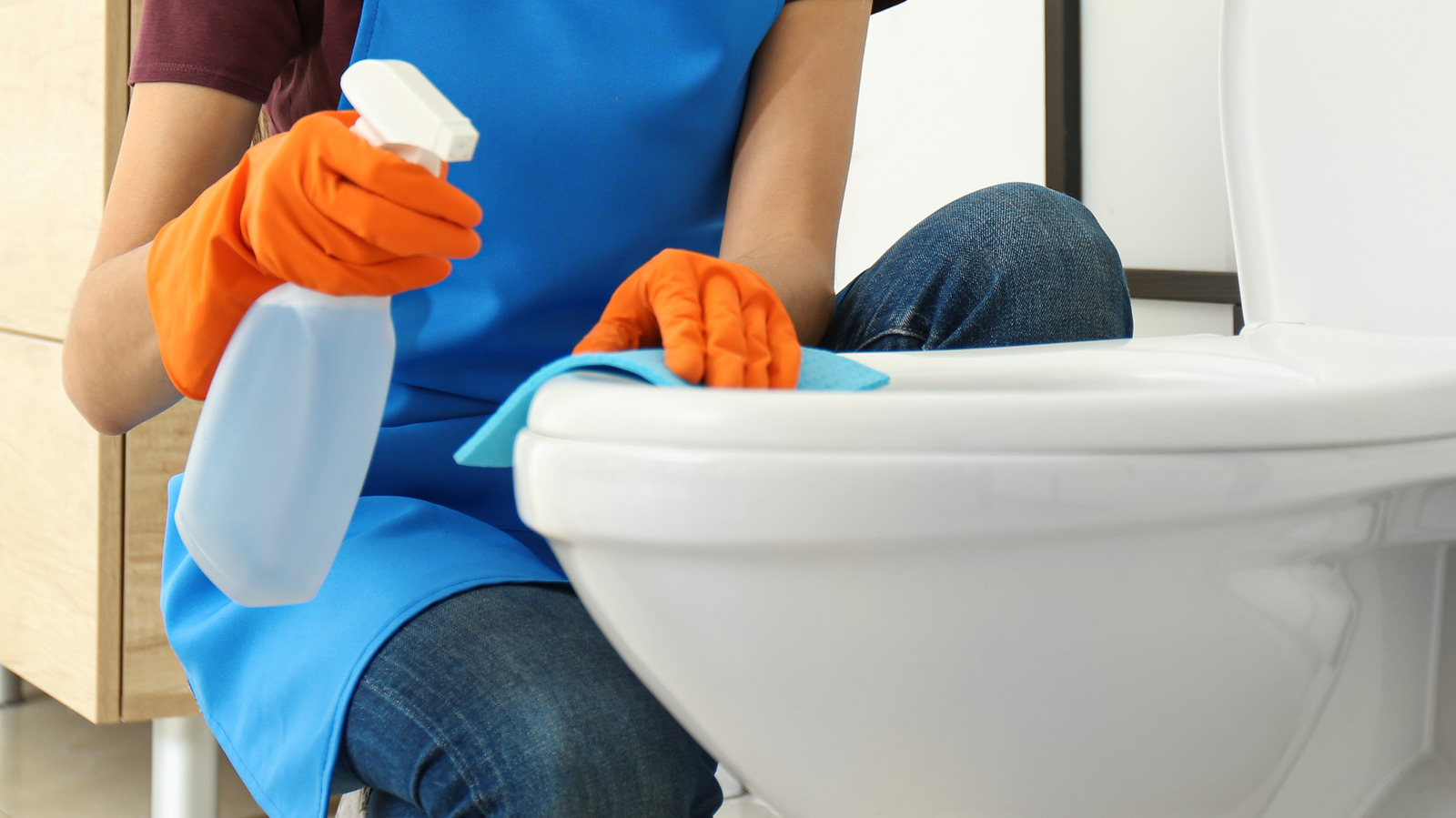
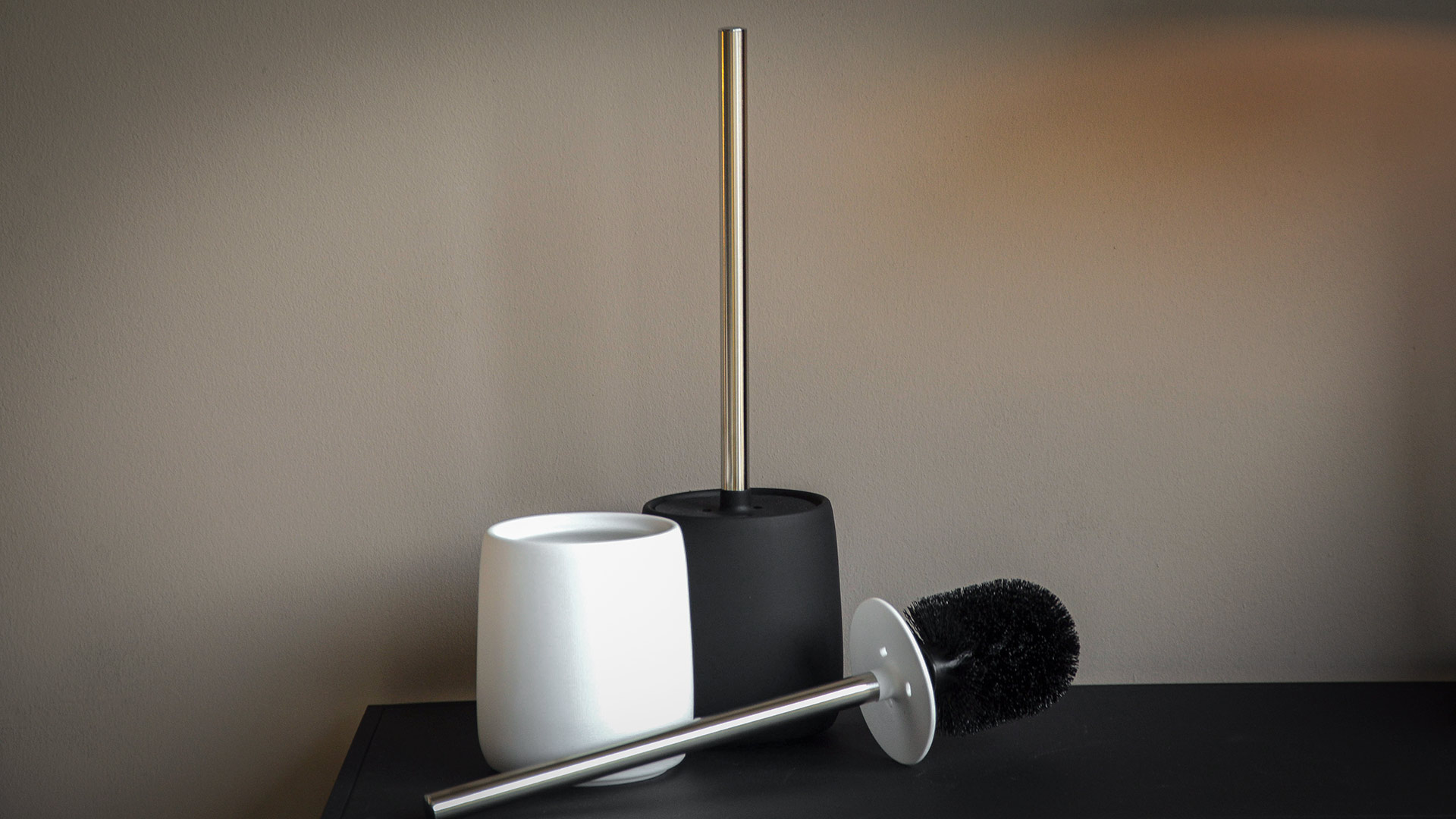
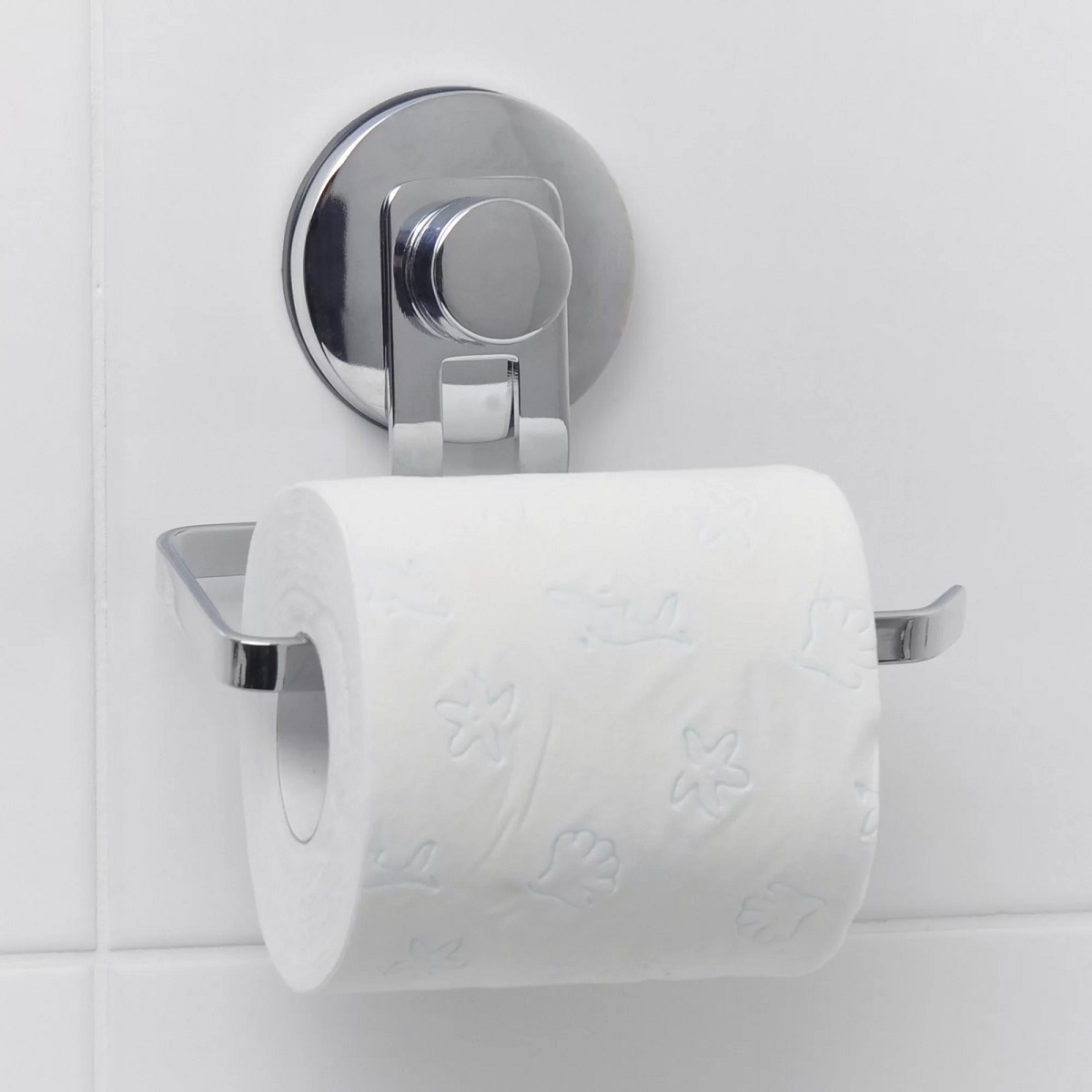
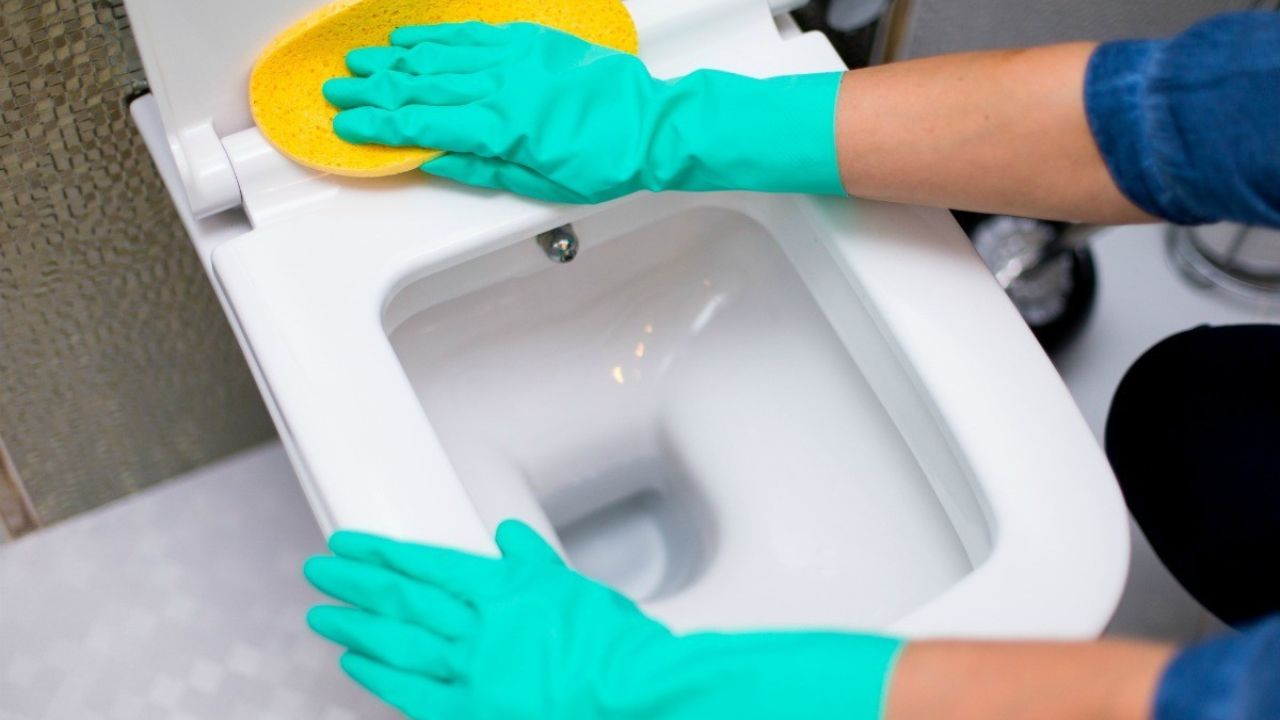
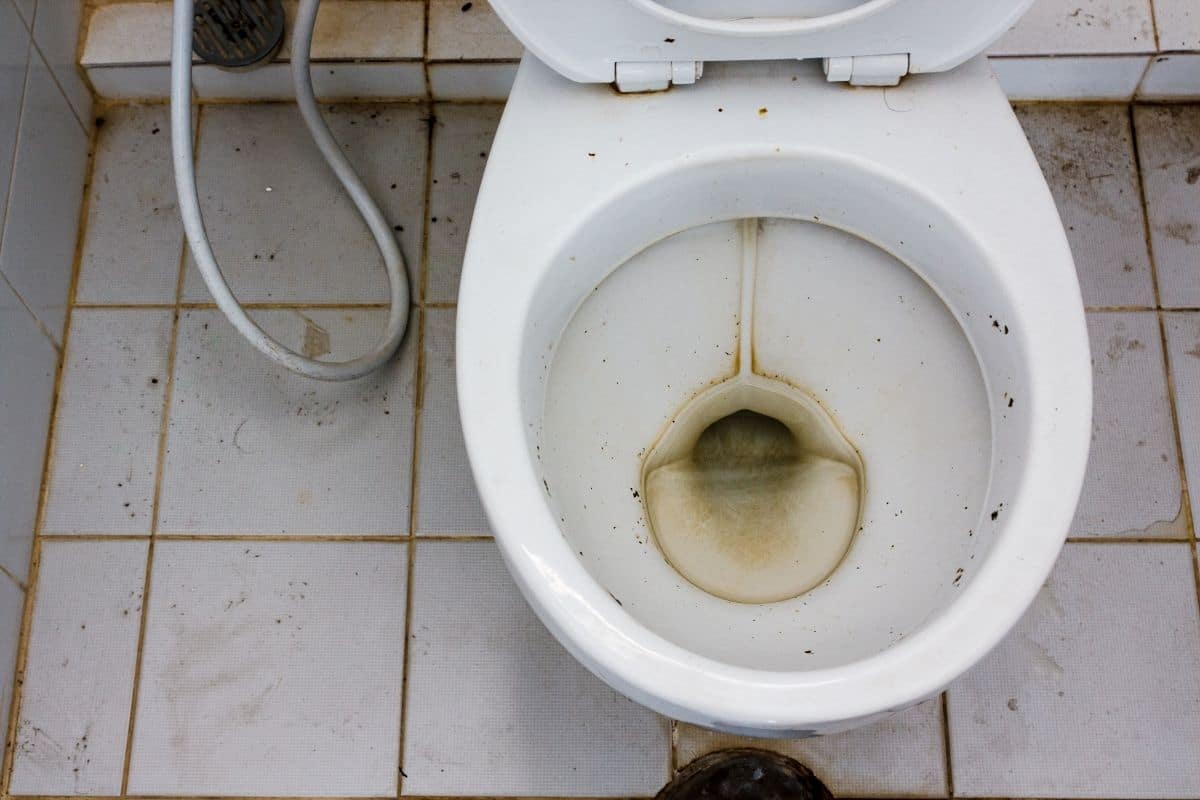
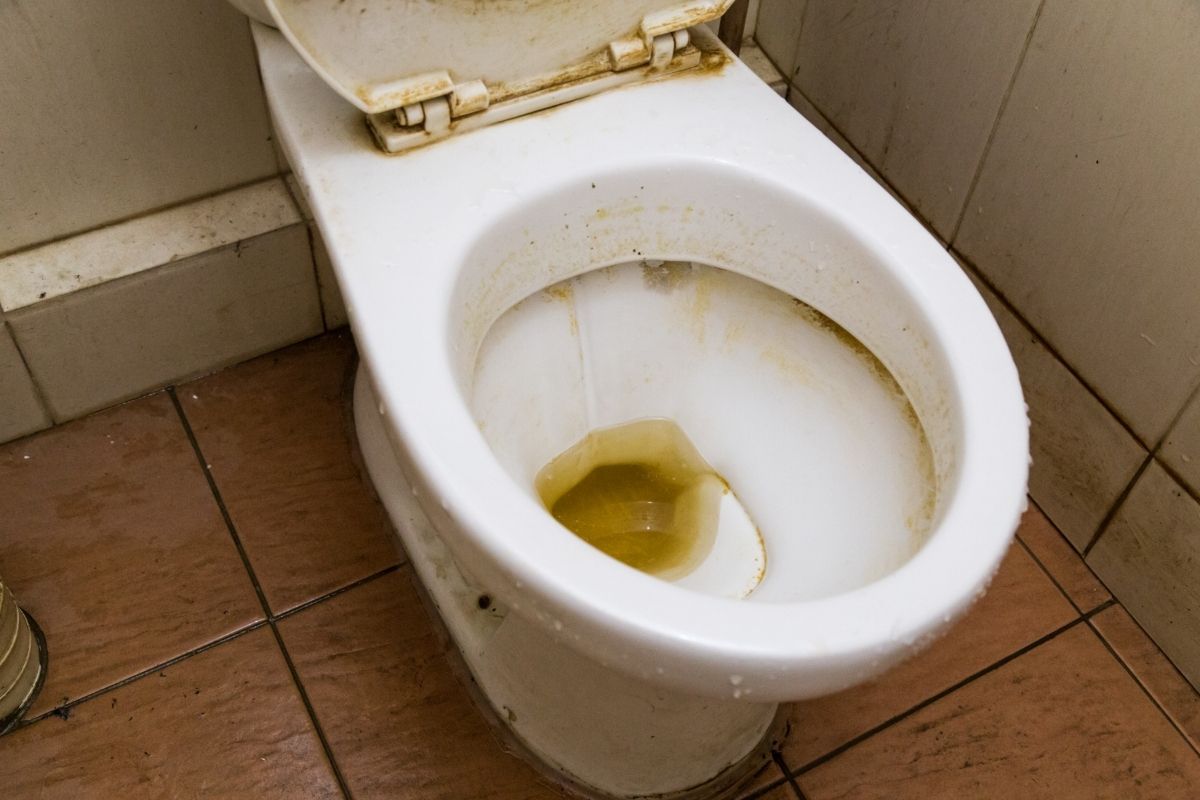

0 thoughts on “How To Remove Limescale From Toilet”